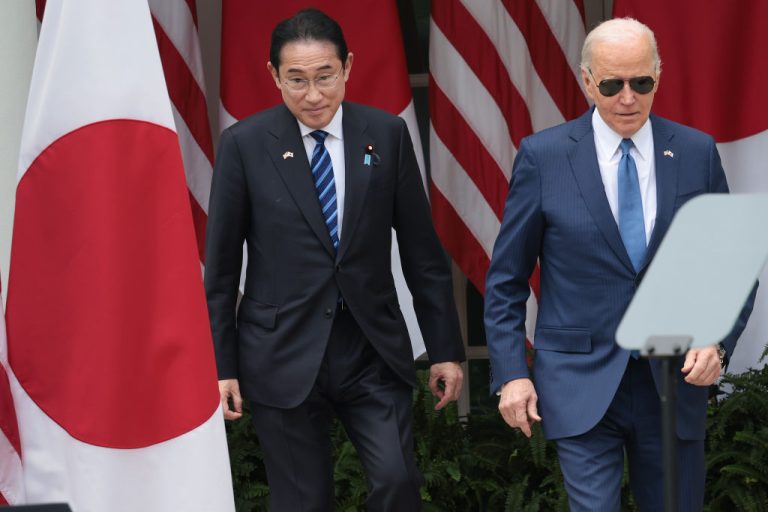Tensions, between China and Japan, have reached a new high over the disputed Senkaku Islands.
Recently, after Chinese vessels were seen venturing into Japanese territorial waters, Japan’s defense minister, Nobuo Kishi, warned that any incitement from Beijing would be met with equal resistance.
The Senkaku islands are located near prominent shipping lanes between China, Japan, and Taiwan. The area is home to vast oil and gas reserves that remain untapped. The area is also home to fishing grounds that are abundant with resources. All this makes the islands strategically and monetarily valuable.
The Senkaku islands are located 1,200 miles (1,931 kilometers) from Tokyo but only 205 miles (330 kilometers) from China. As part of the Ishigaki in Okinawa Prefecture, Japan officially administers and controls the islands.
In an interview with CNN, Kishi said that the islands were unquestionably Japanese territory, and any provocation from China would be matched “ship for ship and beyond if necessary.”
Success
You are now signed up for our newsletter
Success
Check your email to complete sign up
Kishi told CNN, “We have to demonstrate that the government of Japan is resolutely defending our territory with the greater number of Japanese coast guard vessels than that of China.” adding that, “There is no territorial dispute relating to the Senkaku Islands between Japan and other countries.”
China has been just as fierce concerning its claims over the islands. The dispute between the two countries has been ongoing for some time, and in recent years, has reached a boiling point.
Using the Chinese name for the island chain, China’s Foreign Ministry said in a statement last year that, “The Diaoyu Island and its affiliated islands are an inherent part of China’s territory… it is our inherent right to carry out patrols and law enforcement activities in these waters.”
China’s repeated incursions into Japanese territorial waters has prompted Japan to strengthen its military presence there. According to Japanese authorities, China has entered Japan’s territorial waters — an area within 12 nautical miles of Japanese territory — a total of 88 times.
In the contiguous zone, a belt of sea that extends 12 nautical miles beyond the territorial sea limit, there have been 851 Chinese incursions over the years.
Alessio Patalano, professor of war and strategy at King’s College in London, told CNN, “Exercising coastal state rights is an important step in corroborating sovereignty through practice.”
Kishi, speaking to China’s regular incursions into Japanese territory said, “[These] are actions that continue to challenge an integral part of Japan’s sovereign territory.”
Taiwan complicates the matter
China has also been conducting military drills near Taiwan as it claims the island to be part of its territory. This has alerted Japan because it knows any attack on Taiwan could put Japan’s southern islands under threat.
“What’s happening in Taiwan is directly linked to Japan,” Kishi said. “Ninety percent of energy that Japan uses is imported through the areas around Taiwan.”
“What could happen in Taiwan could likely be an issue for Japan, and in that case, Japan will have to take the necessary response to that situation,” Kishi said.
Japan has been building up its Self-Defense Forces with F-23 fighter jets and transforming warships into aircraft carriers. It’s also in the process of manufacturing new missiles, submarines, and destroyers.
Japan’s defense minister also mentioned a pact with the United States.
The U.S. is committed to defending Japanese territory as the two nations share a mutual defense treaty. In addition to the United States, naval drills are regularly conducted in the area with other partners like Germany, the UK, and France.
“This is to demonstrate our strong will to defend our southwestern area of Japanese territory,” Kishi said.
“We will continue to conduct bilateral training with the U.S. and multilateral training with other partners to strengthen our posture and contribute to the peace and stability of this region,” he said.

















